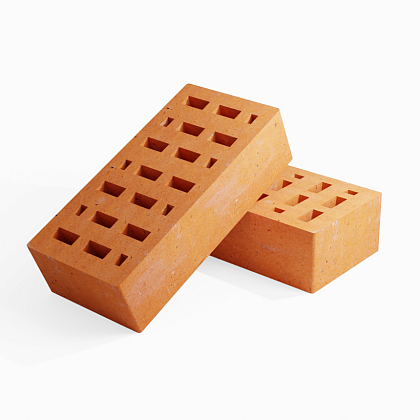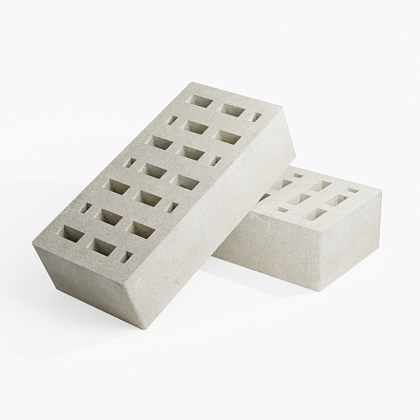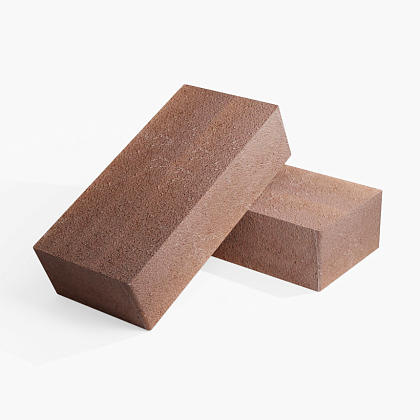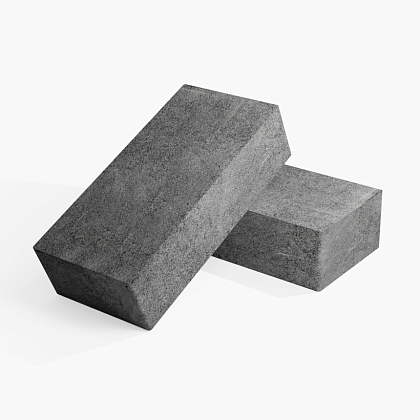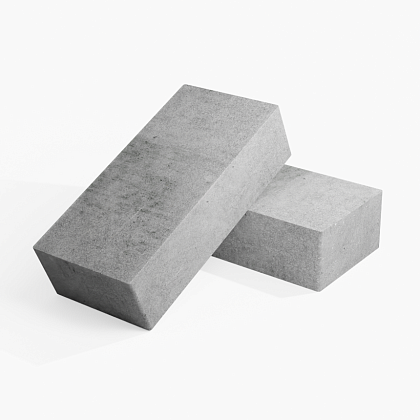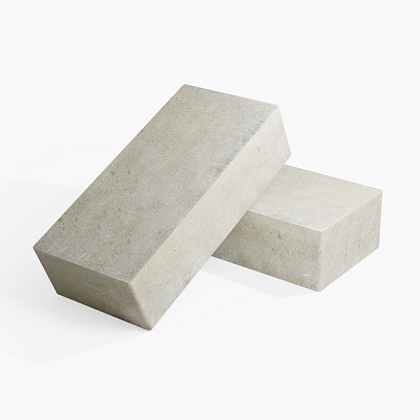Brick is one of the most popular building materials. Durability, high thermal insulation properties and good look makes it applicable to buildings of whatever kind, while small size allows creating intricate architectural forms and implementing bold design solutions.
There is always a certain kind of brick being the best option for every application, environment conditions and purpose.
Brick classification by materials:
Ceramic bricks consisting of clay with no marl or sulphate content. These are baked at high temperature.
Advantages: strength (can withstand pressure up to 300 kg/m2), freezing tolerance, wide range of colours and textures, non-combustibility.
Disadvantages: high price, susceptibility to salt deposition at the surface.
Ceramic bricks can be classified by moulding techniques:
- Plastic-moulded bricks made of wet plastic clay mass by extrusion through the shaped die carriers to obtain products with a smooth surface and straight edges
- Semi-dry moulded bricks made of clay with low moisture content, pressed in moulds and baked afterwards. Distinctive features: regular shape and clean surfaces
Silicate bricks consisting of purified quartz rocks (sand) with a small addition of lime and moisture.
Advantages: freezing resistance, wide range of colours and textures, stronger but cheaper than ceramic bricks.
Disadvantages: low resistance to moisture and fire.
Hyper-pressed bricks consisting of a cement-limestone mixture moulded at high pressure so as to get products of regular geometry with very even corners and edges.
Advantages: strength 50 times higher than that of ceramic and silicate bricks, wide range of colours, resistance to moisture and fire.
Disadvantages: high price.
Chamotte bricks consisting of chamotte – fireclay – and a special binder powder to prevent cracking at high temperature.
Advantages: suitable for stoves, fireplaces, chimneys, barbeque places,
Disadvantages: limited colour range, high price.
Clinker bricks consisting of high-melting shale clays with a finely dispersed homogeneous composition which makes the products dense, even and smooth.
Advantages: high strength (suitable for cladding of buildings and paving), high resistance to moisture and freezing, tolerance to aggressive environment.
Disadvantages: high price.
According to the void ratio, bricks can be either
- hollow, with holes or voids to improve thermal insulation and noise insulation, while reducing the total weight of the structure and also its strength. Hollow bricks shall be used for partition walls only
or
- solid, with no voids, used for load bearing walls and high-load buildings
Brick classification by application:
- Construction, or common, brick
- Cladding brick that can be textured, shaped or smooth
- Stove (fireclay) brick

